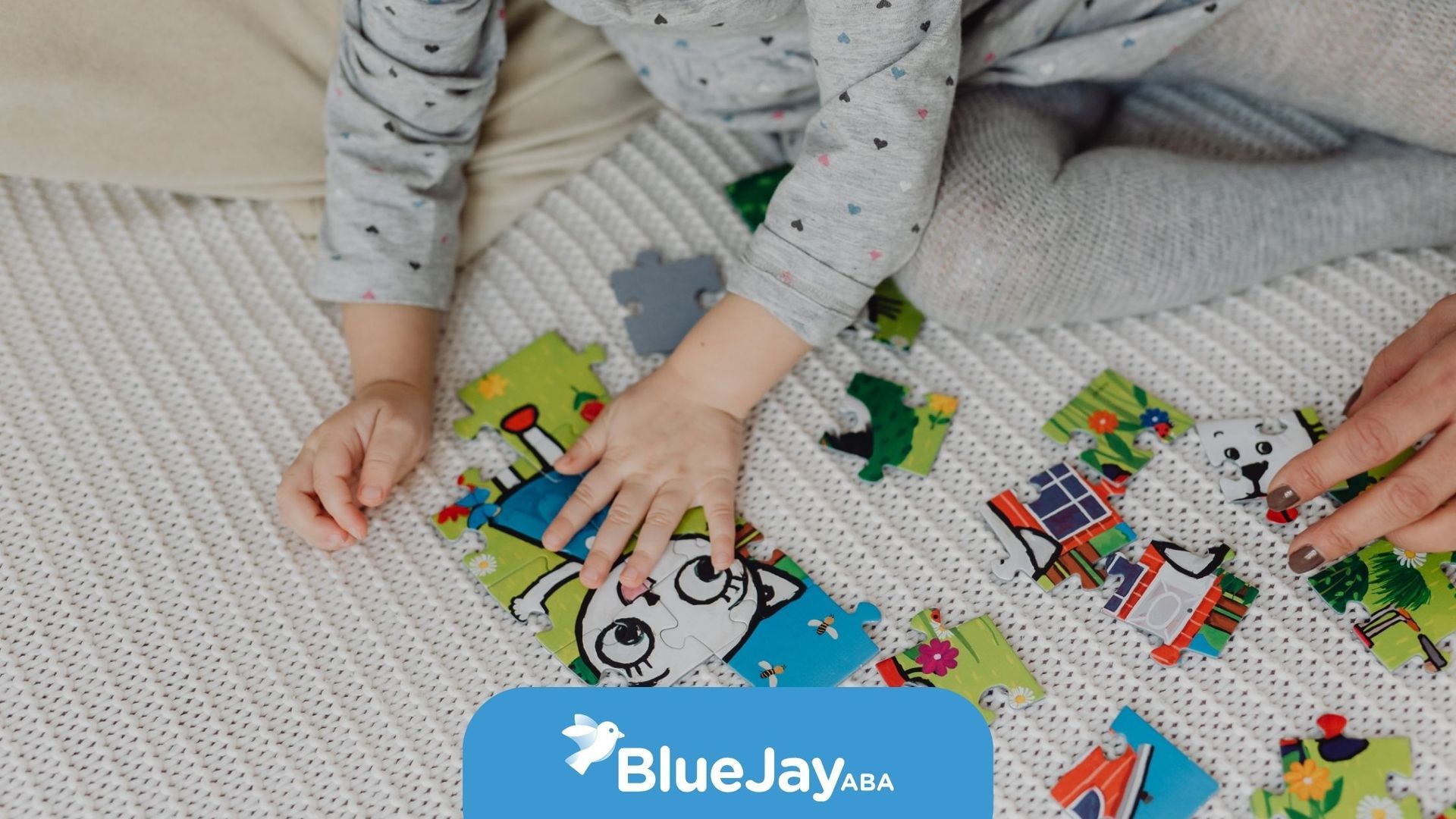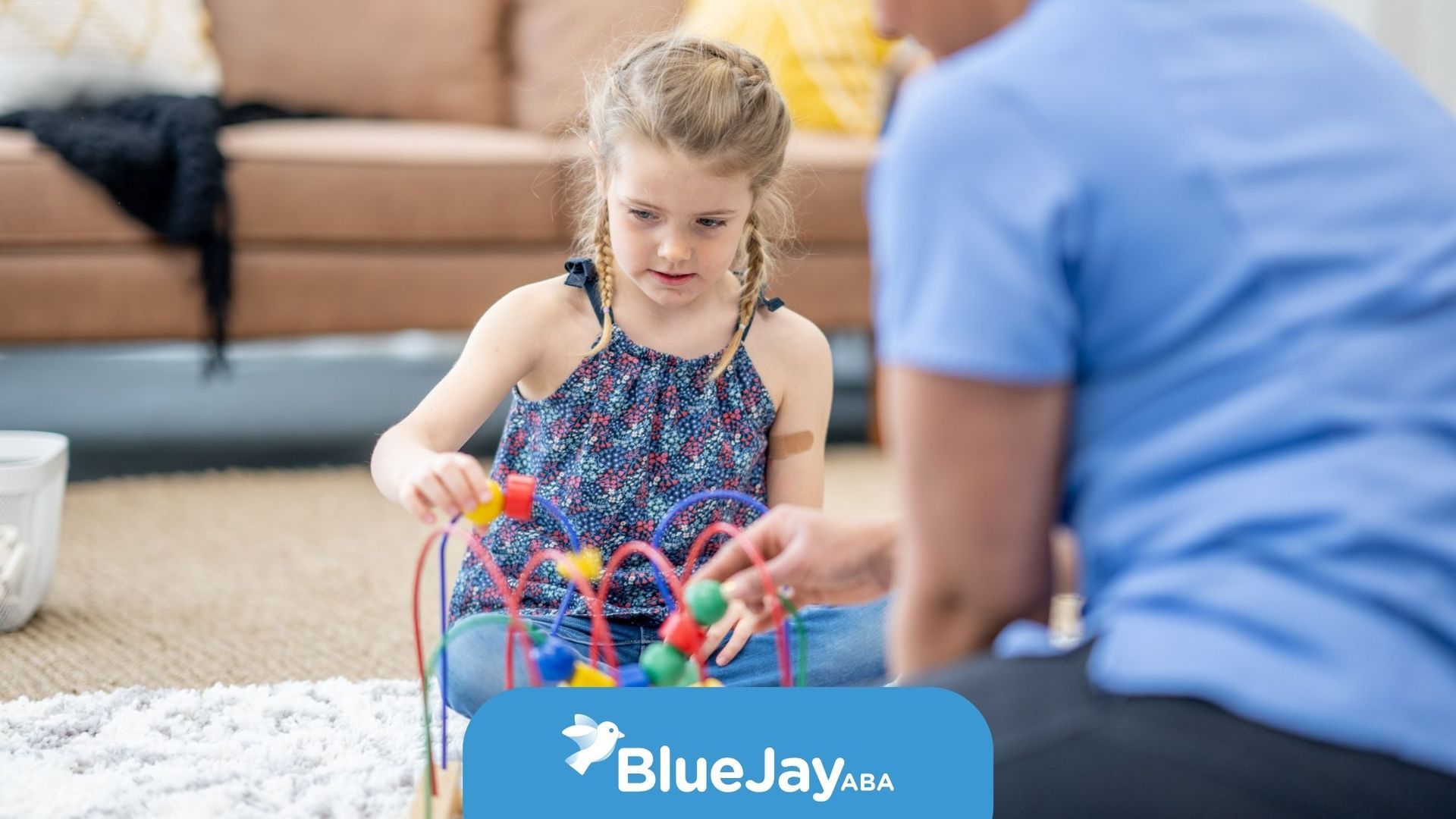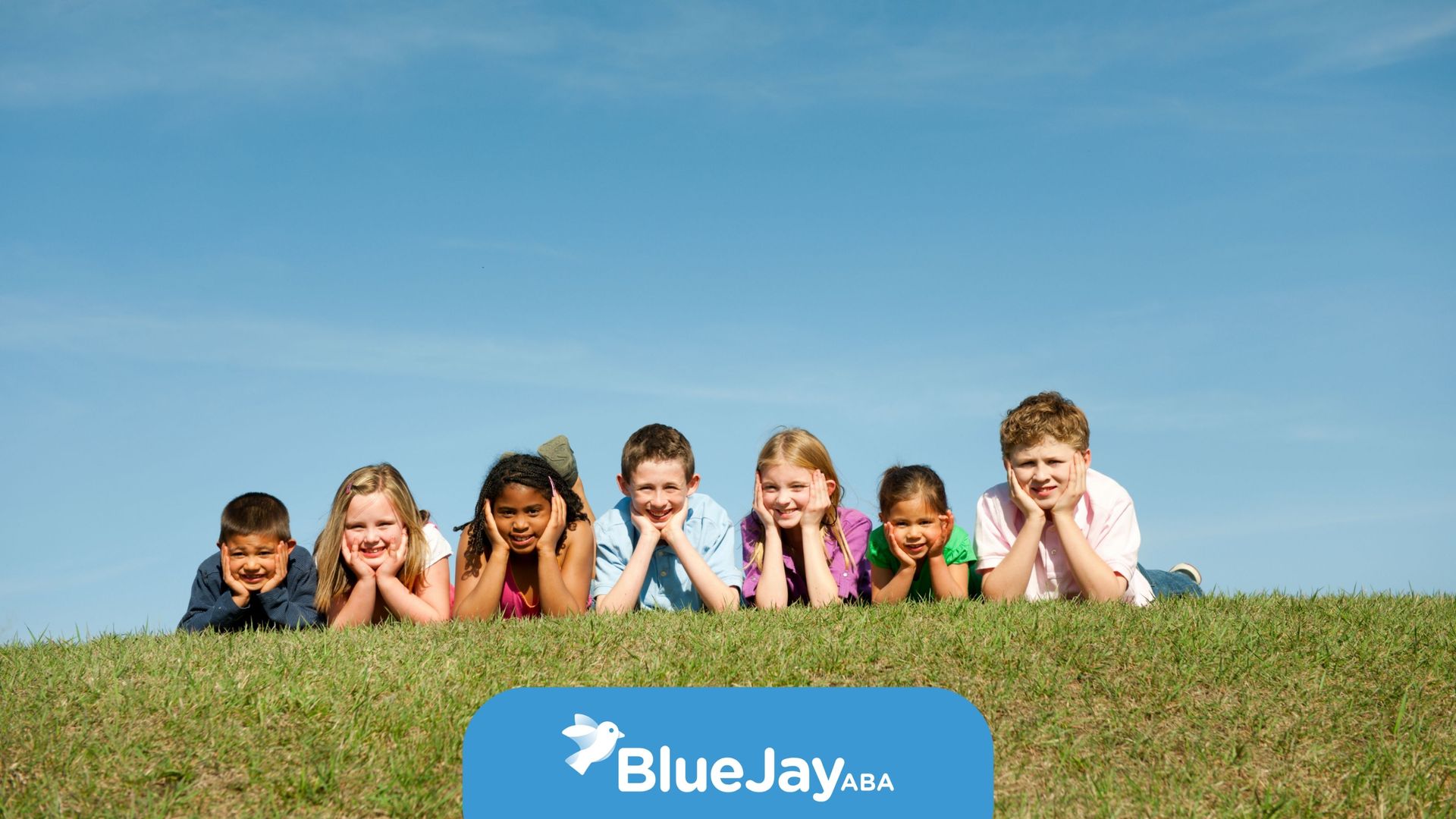Why ABA Therapy for Toddlers Is Essential for Development
Applied behavior analysis (ABA) is a widely recognized approach that uses evidence-based strategies to help young learners build essential skills and reduce challenging behaviors. ABA therapy for toddlers often begins soon after an autism spectrum disorder (ASD) diagnosis, leveraging the brain’s natural capacity for learning to promote communication, play, and daily living skills.
In this article, readers will learn what ABA therapy entails, how it benefits toddlers, and what to expect from sessions. It also covers the roles of professionals and families, guidance on finding qualified providers in North Carolina, and strategies for addressing common concerns.
What Is ABA Therapy
Applied behavior analysis is grounded in the idea that behavior is influenced by its consequences. By reinforcing desired actions and withholding reinforcement for unwanted behaviors, therapists can shape a child’s repertoire of skills. Key elements include:
- Data-driven decision making, with behaviors tracked across sessions
- Positive reinforcement (rewarding steps toward a target behavior)
- Individualized treatment plans based on each child’s strengths and needs
ABA is endorsed by the US Surgeon General and the American Psychological Association as a best-practice treatment for autism, supported by decades of research and clinical standards set by the Behavior Analyst Certification Board.
ABA Support For Toddlers
Early childhood offers a window of opportunity for intensive skill building. For toddlers on the spectrum, ABA can:
- Enhance social interaction by teaching eye contact, turn-taking, and shared attention
- Build communication skills through verbal behavior therapy or augmentative communication devices
- Establish routines around toileting, dressing, and feeding to foster independence
Parents often see progress in expressive language and adaptive skills when therapy exceeds 20 hours per week during the first few years of life. Starting intervention before age five correlates with greater gains and may reduce the need for special services later on.
Evidence For Intensive Early Intervention
A substantial body of literature supports early, intensive ABA intervention:
- Studies show children receiving
more than 20 hours of therapy weekly before age four make large developmental gains and may transition to mainstream classrooms.
- Up to 40–50% of toddlers with ASD who start high-quality, intensive ABA early can integrate into neurotypical settings with minimal support.
- Demand for Board Certified Behavior Analysts (BCBAs) rose by 17% between 2019 and 2020, reflecting the growing need for qualified professionals in schools, clinics, and home-based programs.
These findings underline the value of prompt referral and consistent treatment to maximize a toddler’s developmental trajectory.
Core ABA Techniques
ABA employs multiple intervention methods tailored to a child’s age, interests, and learning style. Common approaches include:
Discrete Trial Training
A structured method that breaks skills into small, teachable steps. Each trial includes an instruction, child response, and consequence (reinforcement or correction). It’s ideal for teaching foundational skills such as matching, labeling, or simple commands.
Natural Environment Teaching
Learning through play and routine activities in natural settings, such as home or a playground. Therapists embed teaching opportunities into everyday interactions, making lessons more meaningful and generalizable.
Pivotal Response Treatment
A play-based approach focusing on “pivotal” areas like motivation and response to multiple cues. By targeting these core skills, PRT often leads to broad improvements in communication and social behavior.
Here is a quick comparison of these techniques:
| Technique | Focus | Setting | Example |
|---|---|---|---|
| Discrete Trial Training | Skill breakdown | Clinic or home | Teaching the naming of colors |
| Natural Environment Teaching | Child-led play and routines | Home, school, park | Prompting sharing a toy during play |
| Pivotal Response Treatment | Motivation and generalization | Play sessions | Rewarding attempts at conversation |
Structure Of ABA Sessions
A typical ABA program for toddlers combines assessment, skill building, and progress monitoring. Sessions often run 20–40 minutes per activity, with multiple activities per visit.
Initial Assessment And Goals
A BCBA conducts an intake evaluation to identify strengths and areas for growth across domains like communication, social skills, and daily living. Based on this assessment, the analyst sets measurable, time-bound objectives.
Skill Building Activities
Therapists use a mix of discrete trials, naturalistic teaching, and play to work toward established goals. Reinforcers vary per child from stickers, tokens, or preferred activities to maintain engagement.
Data Collection And Monitoring
Each session includes systematic tracking of target behaviors. Data are charted to show trends, guiding weekly adjustments to the plan. This ongoing measurement ensures that interventions remain effective and aligned with the child’s progress.
Professional And Family Roles
Successful ABA programs depend on coordinated efforts between qualified professionals and caregivers.
Board Certified Behavior Analyst
The BCBA designs the treatment plan, trains therapists, and oversees data analysis. They ensure ethical delivery, update goals based on progress, and liaise with other professionals as needed.
Parent Collaboration And Training
Parents learn behavior-analysis techniques to reinforce skills at home. Training sessions empower caregivers to respond consistently, generalize learning to daily routines, and maintain progress between therapy visits.
Finding Providers In North Carolina
Families in North Carolina should verify that ABA providers hold recognized credentials and meet state licensure requirements. Steps to find a qualified program include:
- Confirm BCBA certification through the Behavior Analyst Certification Board
- Check North Carolina licensure status via the state’s Board of Psychology or Behavior Analyst Board
- Tour clinics or request in-home demonstrations to observe therapist-child interactions
- Ask about therapist-to-child ratios, session frequency, and parent-training components
Local autism support organizations and pediatric clinics often maintain referral lists for reputable ABA centers across the state.
Common ABA Concerns
Some caregivers and advocates raise questions about Applied Behavior Analysis:
- Is it too repetitive? Modern practitioners integrate varied, play-based methods to keep sessions engaging.
- Does it aim to normalize neurodiverse children? Current guidelines emphasize building skills and independence without forcing conformity. Interventions focus on social significance and respect for the child’s preferences and dignity.
By choosing a program that prioritizes child-centered goals and ethical standards, families can address these concerns while benefiting from ABA’s strengths.
Long Term Outcomes
Consistent, early ABA intervention supports toddlers in developing skills that lead to:
- Increased independence in daily routines like dressing and toileting
- Broader communication abilities, from single words to functional sentences
- Improved social engagement, fostering friendships, and classroom readiness
- Reduced challenging behaviors, easing transitions and family stress
Longitudinal studies confirm that children who receive early, intensive support maintain gains over time, translating into greater participation at school and in community life.
Conclusion
Applied behavior analysis offers a robust, evidence-based path for toddlers with autism to acquire vital skills and navigate everyday challenges. By understanding what ABA therapy involves, reviewing core techniques, and collaborating with BCBAs and trained therapists, families can ensure a strong start for their child’s development.
Caregivers interested in exploring Applied Behavior Analysis should reach out to certified providers in their area, inquire about individualized treatment plans, and attend parent-training sessions to reinforce learning at home. Early and consistent engagement sets the stage for meaningful progress and lifelong growth.
At Blue Jay ABA, we specialize in helping toddlers with autism build communication, social, and daily living skills through compassionate, evidence-based ABA programs. Serving hundreds of families, our BCBAs and trained therapists work closely with parents to create individualized treatment plans and provide parent training so progress continues at home.
Contact us today to learn how our early intervention services across North Carolina can support your child’s growth and set the stage for lifelong success.
Frequently Asked Questions
What is the best age to start ABA therapy for toddlers?
ABA therapy can begin as early as 18 months old. Research shows that early intervention leads to stronger developmental outcomes in communication, social, and adaptive skills.
How many hours of ABA therapy should a toddler receive each week?
Most toddlers benefit from 20–40 hours per week, depending on their needs and goals. A BCBA will assess your child and recommend the right therapy schedule.
Can parents be involved in ABA therapy for toddlers?
Yes. Parent participation is essential. At Blue Jay ABA, we provide parent training so families can reinforce therapy strategies at home and help toddlers generalize skills in daily life.
SOURCES:
https://my.clevelandclinic.org/health/treatments/25197-applied-behavior-analysis
https://pmc.ncbi.nlm.nih.gov/articles/PMC3196209/
https://childmind.org/article/controversy-around-applied-behavior-analysis/
https://pmc.ncbi.nlm.nih.gov/articles/PMC9114057/
https://www.pedneurosleep.com/blog/what-does-a-typical-aba-therapy-session-look-like.html
Related Posts






